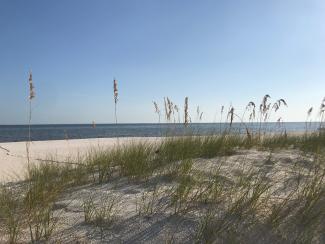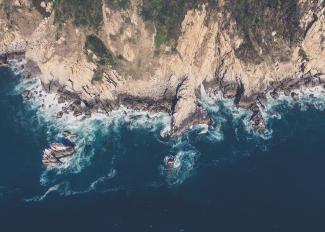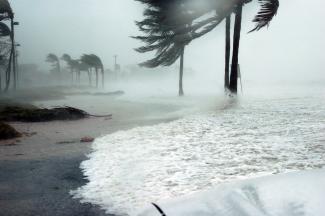Wednesday, April 10, 2019
Widespread harmful algae bloom (HAB) outbreaks have profound negative impacts: threats to human health and safety, stress on ecological systems, diminished quality of life, and significant economic loss to water-based recreational and commercial activities. They occur due to decades worth of nitrogen and phosphorus nutrient runoff deposited into our freshwater lakes and water bodies. Now, excess nutrient runoff and human activity have contributed to an uncontrollable rise in HABs across the globe. This ongoing accumulation of nutrients into our shrinking freshwater supplies combined with warmer temperatures has turned these precious water bodies into petri dishes for harmful algae growth. Removing the overabundance of nutrients is essential to restoring these water bodies and preventing the growth of future HABs.









